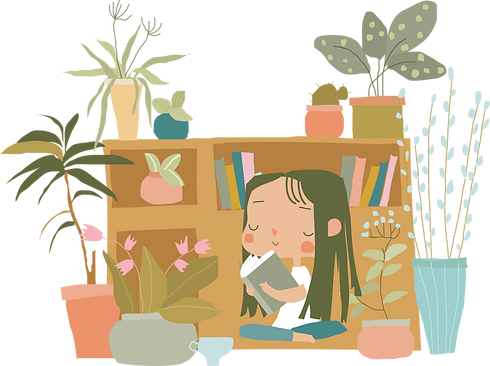Construction
a Key to Learning Module
This module aims to develop mathematical language and goal directed behaviour in children.
Children will analyse the structure of objects, plan, articulate their plans and execute them using wooden modular building blocks.
Watch the introductory video below!

Overview
The Construction programme develops children’s ability to plan; to articulate what they have planned; to analyse the structure of objects (e.g. buildings, bridges, fences, etc); and to analyse the relationships between their different parts. To do this they learn to use an important mental tool. This is a scheme (a drawn plan or a structure) which acts as a visual model of a structure that the children will build for themselves using a set of modular building blocks. Through the use of a range of schemes in a variety of tasks, children learn to look at objects from different perspectives and to think carefully about what they need to do to build a given structure before they start building.
Why are these skills important?
One of the most important characteristics of successful adults is that they see themselves as architects of their own lives; they do not act on impulse alone, but are able to set themselves goals, make plans that will allow them to achieve those goals, and then execute those plans. The Construction programme aims to foster goal directed behaviour, and to help children to master their impulsivity.
How does Construction work?
The Construction programme offers structured activities which help young children to use building blocks to develop key cognitive abilities. There are tasks which involve using symbolic representation, for example, substituting 2D shapes on a drawing for 3D blocks, and then using the arrangement of such shapes as the visual model – the plan – for constructing a specific structure. There are tasks which demand a combination of logical analysis and symbolisation. For example, the children may analyse a plan to work out which blocks they will need and how they will need to place them to create the 3D structure represented; or they may create their own visual models to represent 3D structures that others can build.
Further tasks develop logical analysis and creative production. For example, the children devise their own solutions to overcome such problems as building a road wide enough for two vehicles, or a bridge tall enough to allow a big boat to pass beneath it. To do this they must understand the relationship between the design of the structure they are to create and its function; plan and build a design that actually works; set criteria for judging that the completed design does, in fact, work; and then check their own and others’ work against these criteria.
How is Construction beneficial for children?
A key feature is the opportunity to develop mathematical concepts and language because the programme demands the use of a rich mathematical vocabulary in a practical, visual context. As they talk about their work the children have the opportunity to access vocabulary that includes the names of the building blocks and the 2-D shapes to which they correspond in plans; names for concepts such as edge, side, corner, face, flat, solid, straight, curved, plan, elevation; for actions such as balance, build, connect, put together, take apart, stack; and for prepositions and prepositional phrases such as on top of, to the left of, to the right of, next to, under, etc. The children also acquire a practical understanding of the physical properties of the shapes – not least a practical understanding of their relative sizes which should facilitate their understanding of measurement.
The work that the children are able to accomplish during structured sessions can be enhanced if they are provided with information and stories relating to the types of structures they are being asked to create, for example, you could take them out to look at a bridge or a building site. They will also benefit from access to the building materials during free flow play and encouragement to plan and give shape to their own visions.
